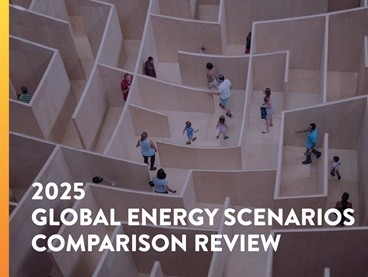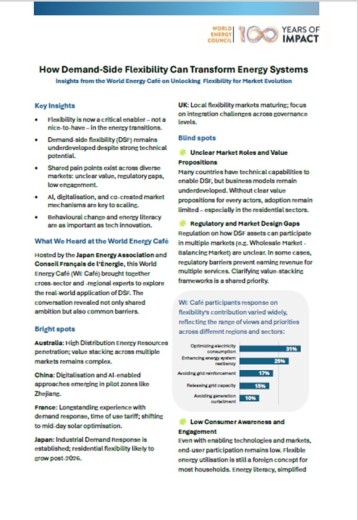In 2015, the BusinessNZ Energy Council launched BEC2050: two New Zealand-specific energy scenarios – Kayak and Waka. Based on the work of the World Energy Council, these scenarios provided two cohesive narratives about New Zealand’s energy future to 2050 and quantified the outcomes expected under each scenario.
‘BEC 2050: A deep dive into the New Zealand energy and transport sector emissions’ explores the contribution the energy and transport sectors can make to emission reductions.
In a Kayak world,a global deal on climate change is agreed but international commitments on reducing emissions are weak. Carbon markets develop but are fragmented across ad-hoc regional and national schemes. New Zealand governments turn towards the market to drive the uptake of new low-carbon and energy-efficient technology. There are no direct or indirect support mechanisms for these technologies apart from a modest carbon price.
In the Waka scenario, global leaders unanimously agree that climate change is the defining problem of our time and a comprehensive global deal on climate change is agreed based on strong emissions reduction commitments. In New Zealand, governance and decision-making become more hands-on with climate change mitigation strategies prioritised to meet New Zealand’s international obligations. Emissions from the energy sector are reduced accordingly.
"If we knew the future, reducing our energy and transport sectors’ emissions would be easy. But we don’t. Our scenarios help us move beyond the usual practice of assembling disconnected technical possibilities to focus on what levers we have available to practically unlock our emissions reduction potential. Our two scenarios describe different ways the energy and transport sectors can contribute towards emissions reduction. But the scenarios are more than just storylines.
The scenarios also show how different assumptions about the future such as economic and population growth, and the price of carbon, affect how much reduction can be achieved, and which levers should be investigated further by policymakers.








